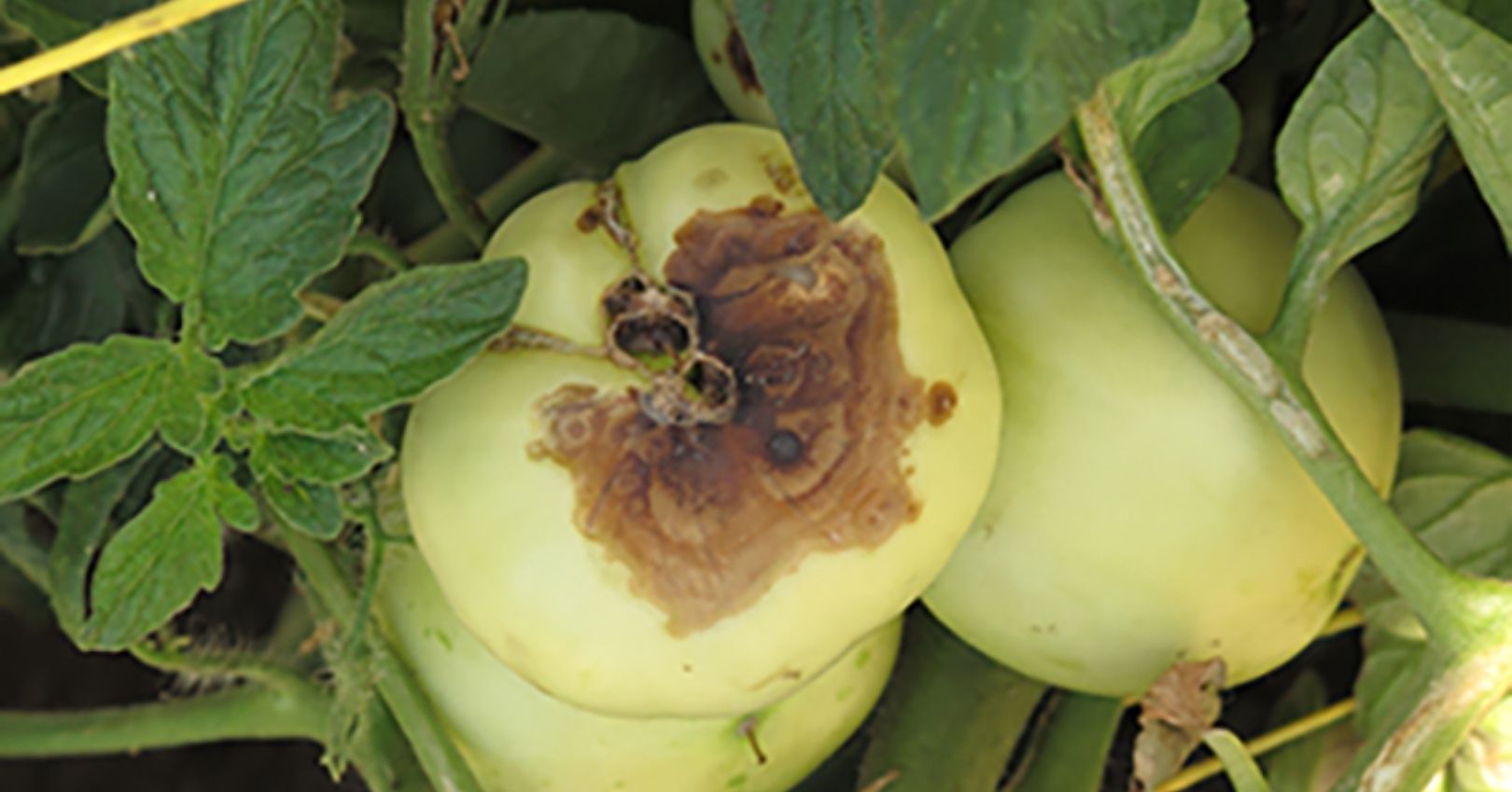Blossom End Rot


Blossom end rot of tomato is caused by calcium deficiency. Blossom end rot also occurs in peppers, eggplant, and cucurbits.
Symptoms
Brown, enlarged spots develop usually at the blossom end of the tomato or fruit, but can sometimes also develop in other areas or internally (without showing external symptoms). Over time, the lesions turn dark and leathery, and may be colonized by mold.
Management
Utah soils generally have plenty of calcium and calcium additions are not recommended. Control blossom-end rot by using cultural practices that allow for proper uptake of calcium by the plant.
- Test soil before planting to determine if an adequate concentration of calcium is available.
- Use infrequent, deep irrigation to keep the soil uniformly moist and avoid water stress of fluctuating soil moisture.
- Consider using drip irrigation for more direct and uniform watering.
- Do not allow plants to be water stressed at night.
- Maintain even soil moisture by using organic or plastic mulch. Grass clippings/straw/etc. (2-3 inches thick) can be placed around the base of the plant to keep the soil cooler and reduce water loss.
- Avoid over-fertilizing. Do not use ammonium-based nitrogen fertilizers.
- Avoid injuring roots. Do not hoe or cultivate near plants. Pull weeds next to plants or use a plastic mulch.
- Do not overwater, especially in heavy clay soils.
- Foliar sprays of anhydrous calcium chloride can reduce symptoms during the growing season, but are generally not recommended in Utah.
More Information
How to Treat Blossom End Rot

